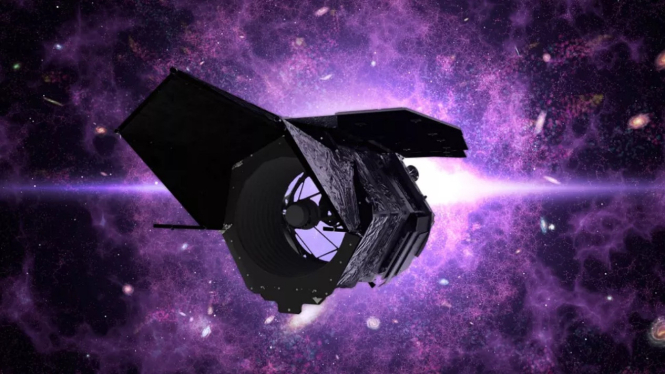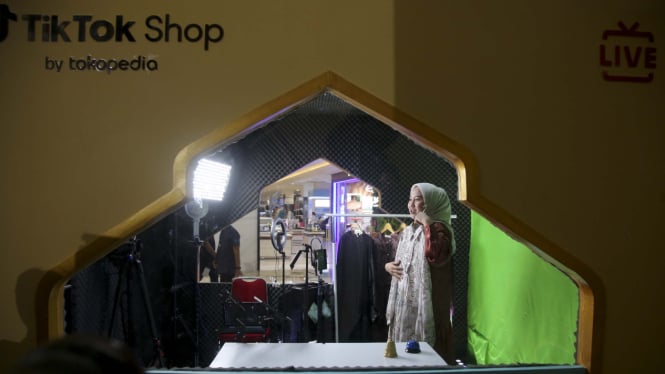The Nancy Grace Roman Space Telescope Has Outstanding Abilities
- NASA
VIVA – The powerful space telescope will take a vastly wider look at the universe than Hubble or the James Webb Space Telescope, potentially helping to unravel pressing cosmic mysteries.
A new simulation of millions of galaxies has shown just how outstanding and powerful the forthcoming Nancy Grace Roman Space Telescope (Roman) will be when it opens its eye to the universe.
NASA says that the telescope will turn back the "cosmic clock" and allow astronomers to see space in a way they never have before.
This should help scientists understand how the universe evolved from a sea of densely packed particles into the cosmos we see today full of stars and galaxies.
Set to launch no sooner than May 2027, Roman's power to revolutionize astronomy lies in the fact that it will have the ability to capture vast regions of space in a single image.
As a startling example of this boosted observing power, the simulation demonstrates how in just 63 days Romans can image an amount of sky that it would take the Hubble Space Telescope 85 years to capture.
Perbandingan galaksi yang mampu ditangkap teleskop JWST dan Roman.
- Pusat Penerbangan Antariksa Goddard NASA
The real benefit of the Nancy Grace Roman Space Telescope will be felt when it is teamed up with its fellow space telescopes, with Hubble able to see a broader spectrum of light and the James Webb Space Telescope (JWST) offering deeper observations, as reported from Space site.
"The Hubble and James Webb Space Telescopes are optimized to study astronomical objects in-depth and up close. So they're like looking at the universe through a small hole," says study leader, Aaron Yung.
Yung said that to solve cosmic mysteries on the largest scale we need space telescopes that could provide a much bigger view. That's exactly what Roman is designed to do.
The simulation created by Yung and the team shows a patch of sky measuring 2 square degrees, equivalent to 10 times the apparent size of the full moon in the night sky. Within this patch of simulated space, over 5 million galaxies are represented.
















